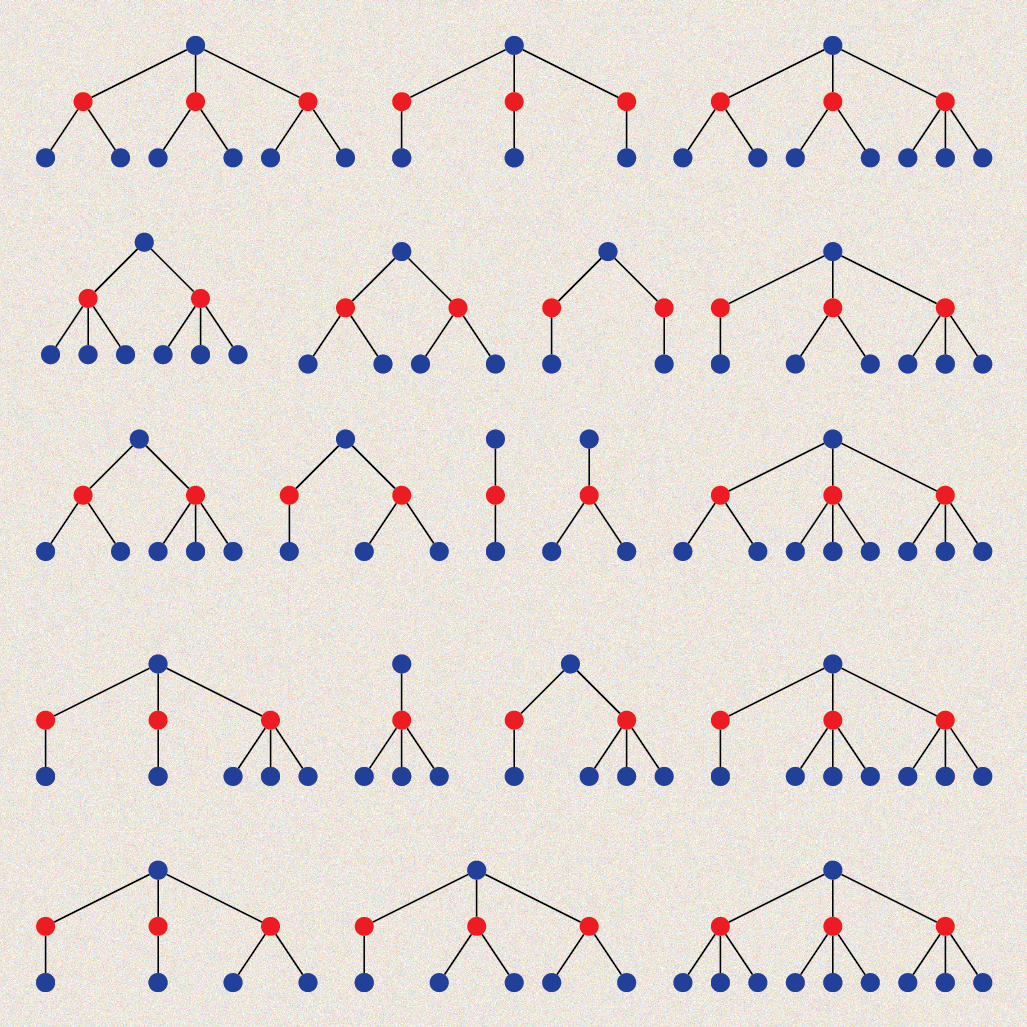















In life, there are few rules
Combinatorics
The bipartite nature of regulatory networks means gene-gene logics are composed, which severely restricts which ones can show up in life.
Biological logics are restricted
Submitted (2024)
Some data hasn't been fetched...
Submitted (2024)